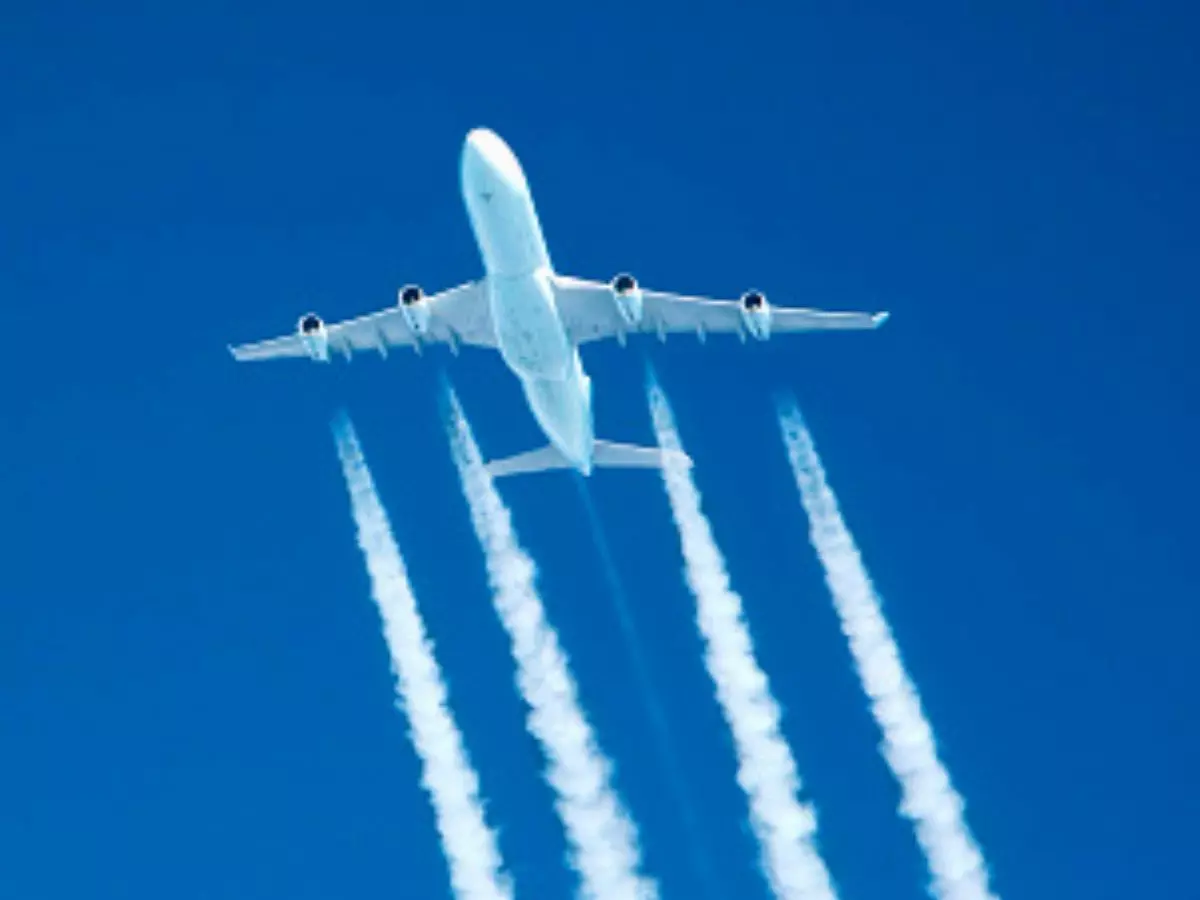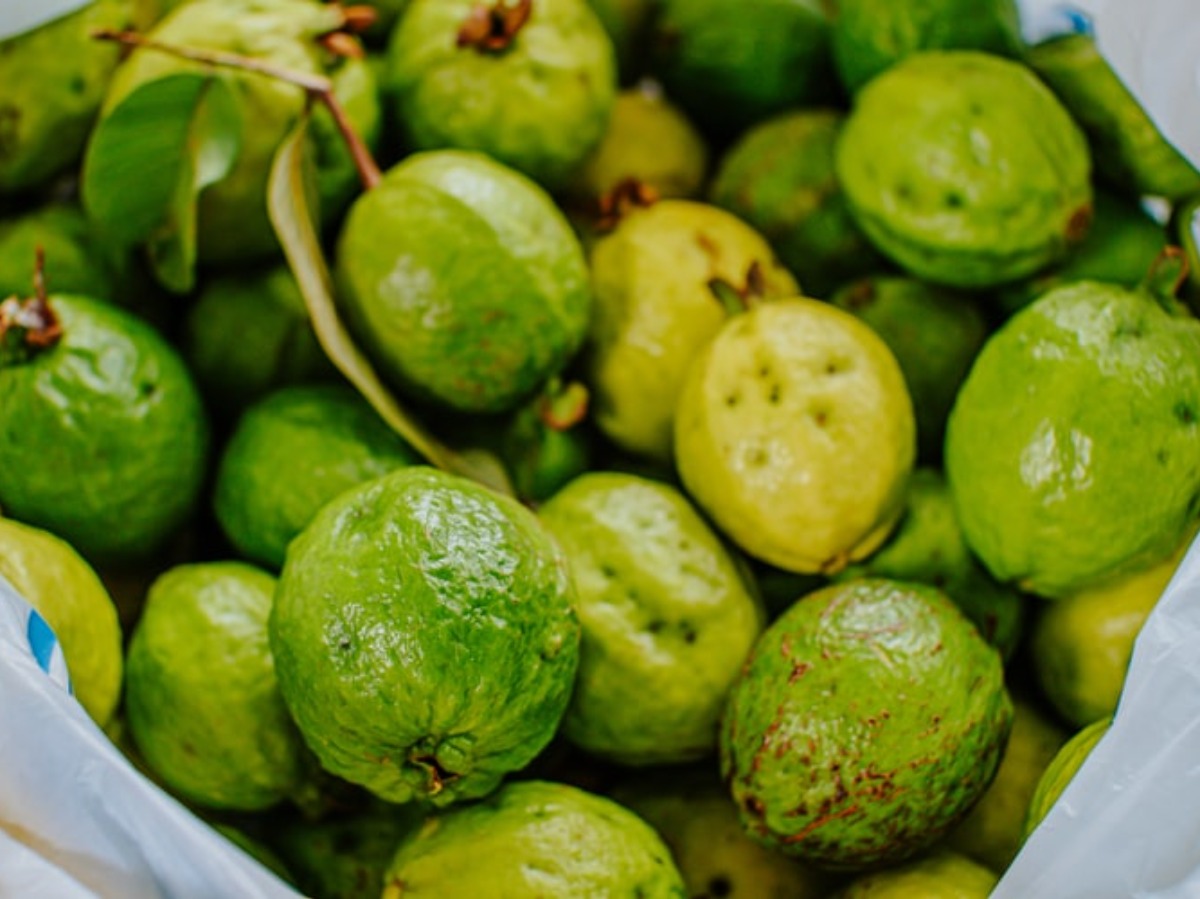Aircraft Contrails Have A Far Greater Climate Change Impact Than Fuel Consumption
To the unaware, contrails are thin clouds formed by exhausts released by the jet engine. Water vapour turns into ice crystals around the hot air and particulates that are exhausted out of the turbines.

It turns out that an aircraft¡¯s most impactful threat isn¡¯t the pollution caused due to fuel emissions, nor is the crazy high fuel consumption, but it¡¯s actually the condensation trails it leaves on a clear day, reveals a CNN report.
 Unsplash
Unsplash
Research that was being conducted for nearly 8 years has revealed that persistent contrails actually formed 57 percent of the industry¡¯s contribution to the climate crisis.
To the unaware, contrails are thin clouds formed by exhausts released by the jet engine. Water vapour turns into ice crystals around the hot air and particulates that are exhausted out of the turbines.
In most situations, the condensation trails dissipate within minutes. However, around 10 percent of the time, they remain intact. These are known to trap heat in the atmosphere, which would otherwise be released in space, eventually creating a sort of greenhouse effect, and increasing global temperature along the way.
The aviation industry has also acknowledged this impact and are working towards reducing contrails. Etihad Airways, for instance, became the first passenger airline last year to use contrail-mitigating routing software as part of its Greenliner Sustainability Testing program previous year.
The developer behind the software, Satavia, was actually formed to increase the life of jet turbine engines by routing to avoid particulates in the skies such as volcanic ash. However, it later found that the company¡¯s efforts could also have a cost-effective impact on the environment for increasingly climate-conscious airlines.
 Unsplash
Unsplash
Satavia¡¯s founder, Adam Durant, said in a statement to CNN, ¡°The airlines go ahead and make flight plans as they normally do. But in parallel to that, we analyse their schedule and look at a number of flow trajectories for every single flight. We end up with a long list of flights of which the top 5% or so have these heavy hitter, long-lived warming contrails. And then we work closely with the flight ops department in the airline to target those.¡±
He added, ¡°If a particular flight has a 0.1 or 0.2% fuel penalty to save potentially hundreds of tons of CO2, that¡¯s fairly negligible but the benefits are huge. There¡¯s a big upside to this if it¡¯s done in the correct way.¡±
As of now, only a few routes need to be adjusted to clear almost all contrails. Satavia wishes to scale up its operations and is expected to begin another test with KLM. Delta and MIT on the other hand are working on an open-source routing algorithm to avoid contrail formation.
Keep visiting Indiatimes.com for the latest science and technology news.








